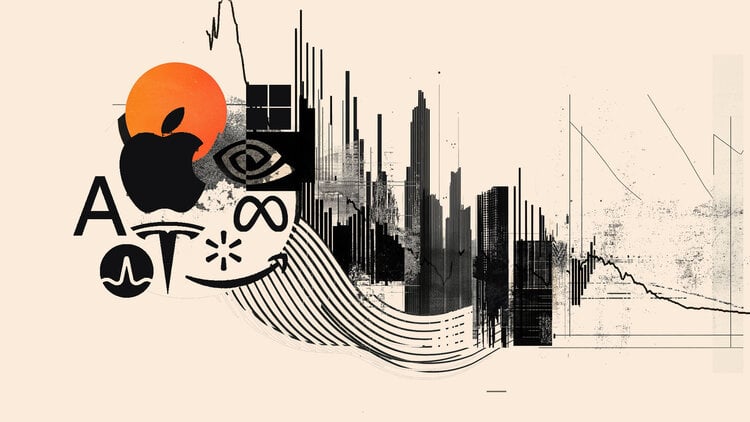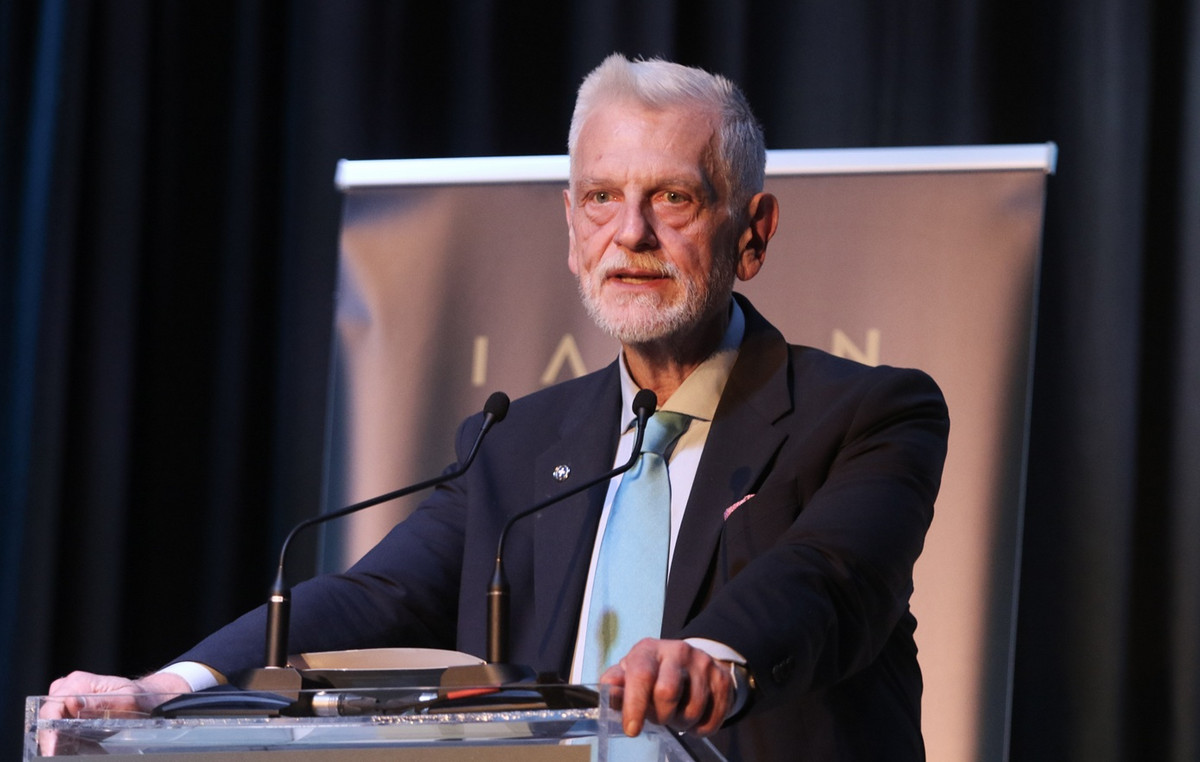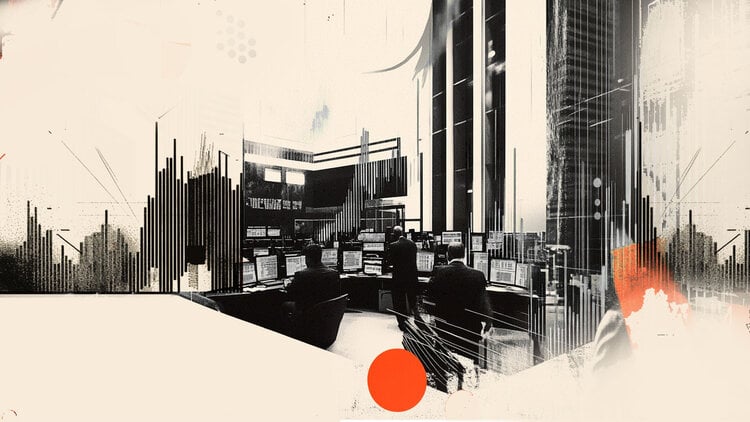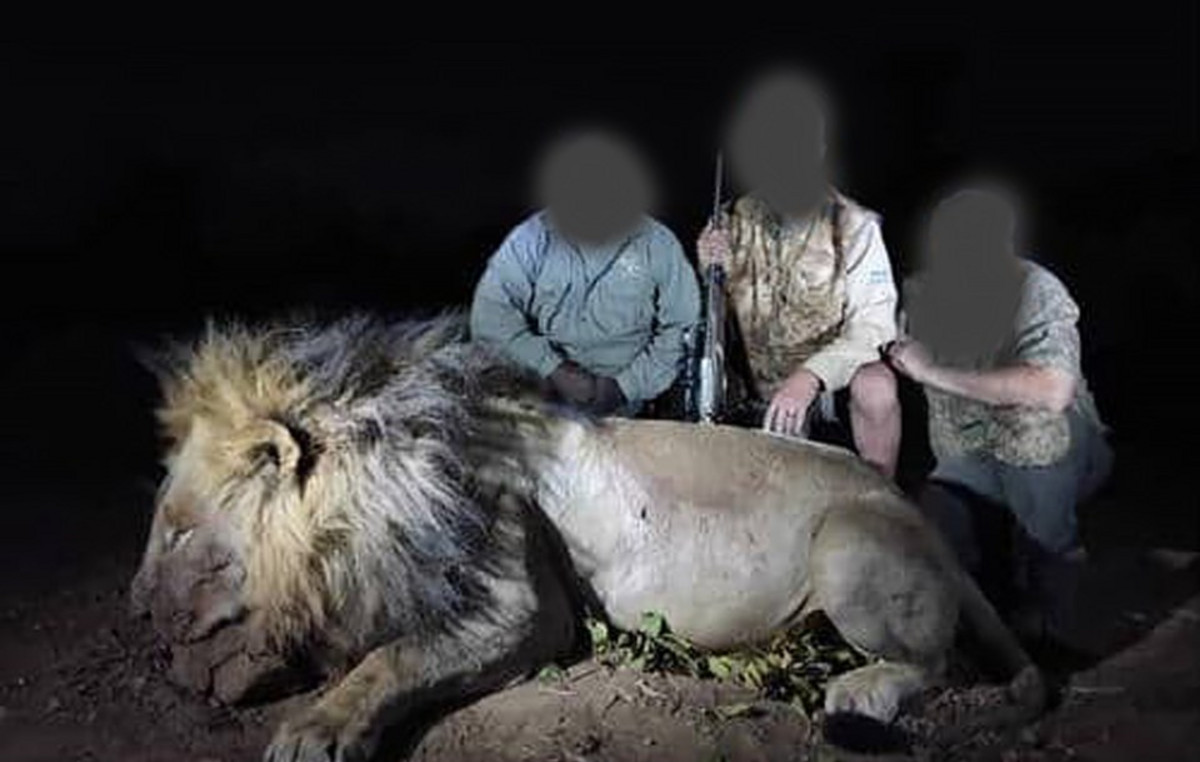Recently published news by the Chinese newspaper South China Morning Post revealed the discovery of an unknown bacteria on Earth in a cabin of Chinese space station Tiangong. Detected in a routine mapping inspection, the strain was baptized as Niallia Tiangongensis.
The microorganisms were initially detected by the Shenzhou-15 crew, which conducted Tiangong’s last stage of construction, as part of one of the two surveys of the space station housing program, which monitor potentially dangerous microbial communities.
The removal and identification of N. Tiangongensis was described by researchers at Shenzhou Space Biotechnology Group and the Beijing Space Systems Engineering Institute In an article published in the International Journal of Systematic and Evolutionary Microbiologyin March 2025.
The study, reviewed by peers, states that “how microbes may have potential risks to human health and normal spaceship operation, the study of spatial microorganisms at CSS [iniciais em inglês para Estação Espacial Chinesa] It is always urgent. ”
According to the researchers, The microorganism has special biological and metabolic characteristics which may favor their survival and adaptation to the extreme space environment.
Where did the unknown bacteria come from?

The detection of the microorganism surprised the scientists. Not by the presence of bacteria in space, which is a common occurrence in these environments, but because The species found had never been described on our planet .
The biological and genetic characteristics of the new species indicate some similarities with a terrestrial strain known as Niallia Circulansa rod -shaped bacteria that lives in the soil, known for its resistance and ability to form spores.
These survival structures protect bacteria of adverse environmental conditions such as radiation, lack of nutrients and microgravity. It is precisely these characteristics, says the researchers, who may have allowed the bacteria to survive, and even thrive at the space station.
But what would be the origin of this unknown bacteria? The most plausible response is that it was unintentionally carried out of the earth, probably “hitchhiking” on equipment, groceries, or even by the astronauts themselves, after surprisingly surviving the decontamination process.
According to the authors, the new bacteria has a unique ability to break gelatin to obtain nitrogen and carbon, creating protective biofilms under adverse conditions. However, it has lost the ability to metabolize “treats” (energy substances) consumed by the earth’s relatives.
How to avoid contamination by bacteria in space?

This evolutionary specialization with losses observed in Niallia shows that evolving in an environment where gelatin was abundant allowed the species to give up other digestive functions. The speed with which this has occurred shows a remarkable adaptability to our orbital habitats.
The phenomenon shows that there is not much that we can do about it. Exams performed on NASA’s “clean rooms” in the preparation of the Mars Phoenix mission revealed dozens of different microbial strains, including 26 completely new species.
A recent study of these bacteria, found in the mission essay that will study Ice from Martian Arctic, revealed that their extraordinary resistance results from highly specialized genes in efficient DNA repair and tolerance to substances considered toxic.
Since we cannot prevent its existence or impressive adaptive capacity, it becomes absolutely vital to know these microorganisms deeply. Only then will it be possible to predict, with a certain degree of precision, how they will adjust to space life.
It is still unclear if a N. Tiangongensis represents some kind of threat to the health of astronauts . However, the fact that your “cousin” Bacillus circulans Cause sepsis in immunocompromised patients reinforces the importance of understanding these “microscopic clandestines” as a priority in future space missions.
This content was originally published in an unknown bacteria on Earth is found at Chinese space station on CNN Brazil.
Source: CNN Brasil
Charles Grill is a tech-savvy writer with over 3 years of experience in the field. He writes on a variety of technology-related topics and has a strong focus on the latest advancements in the industry. He is connected with several online news websites and is currently contributing to a technology-focused platform.







